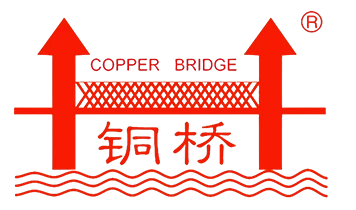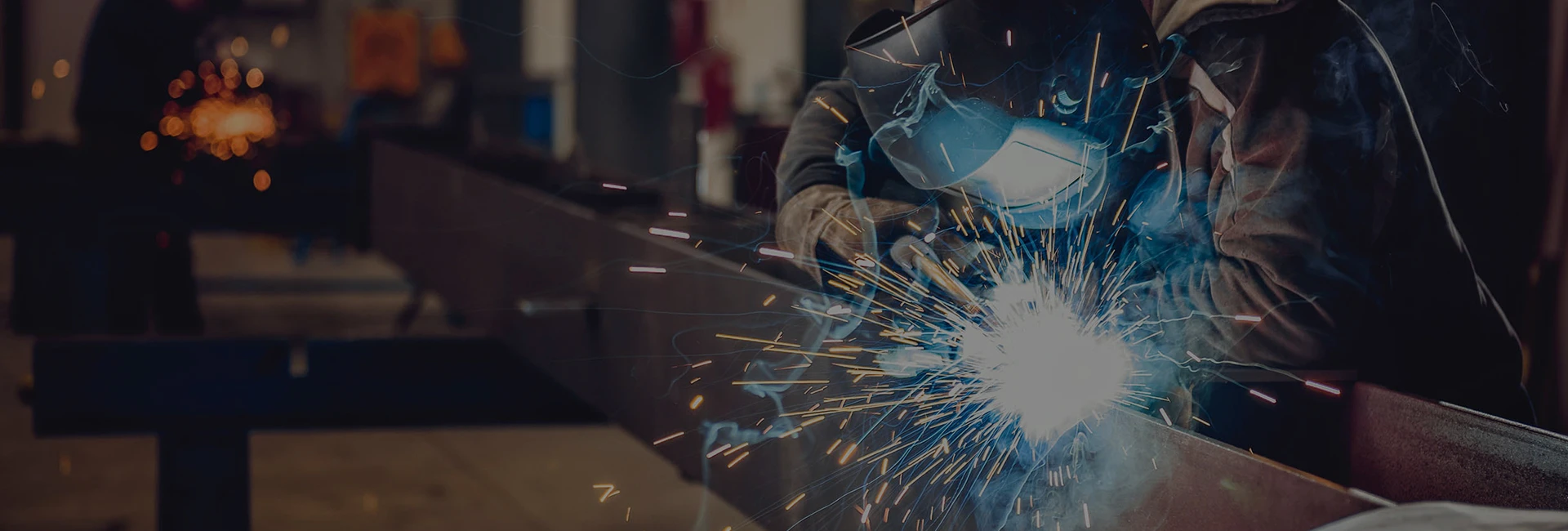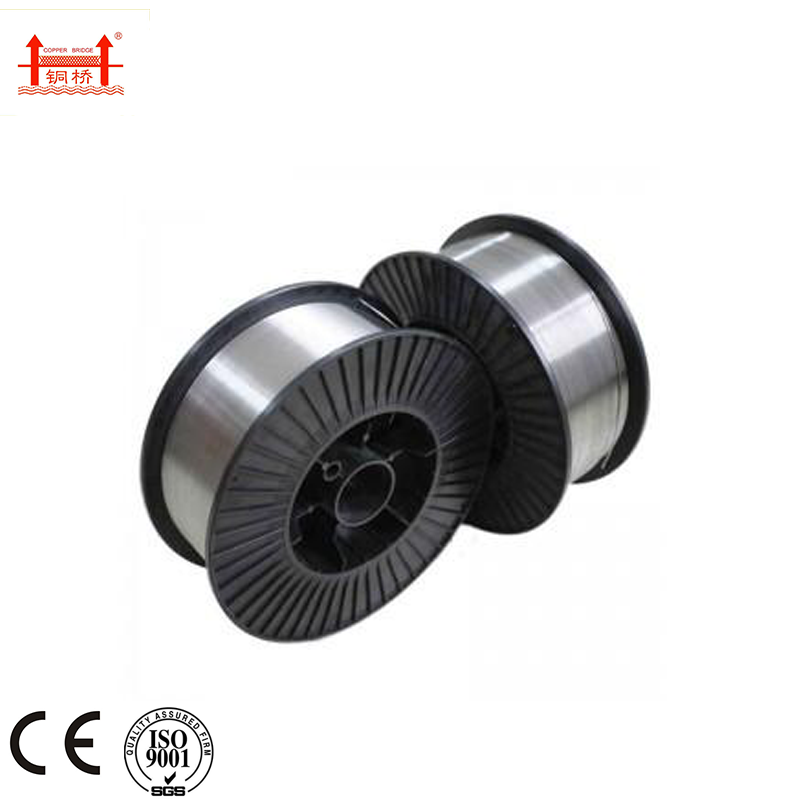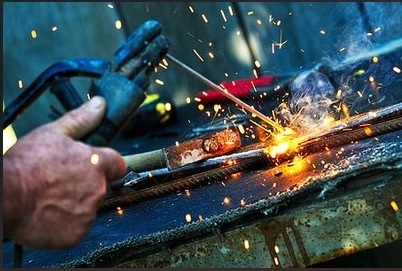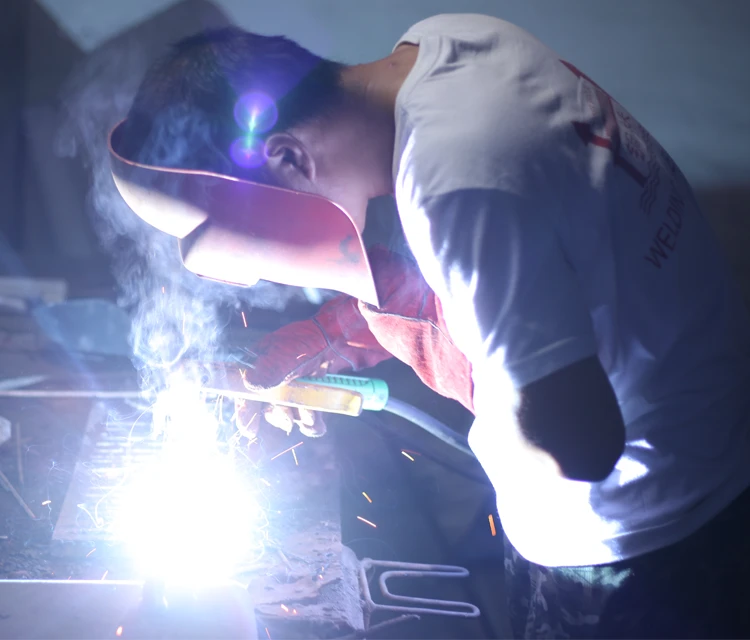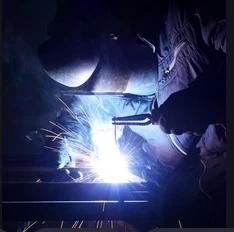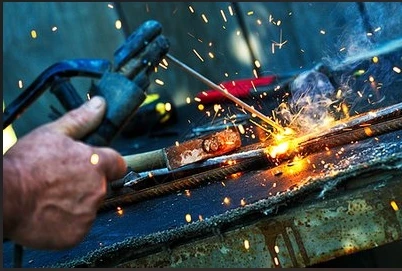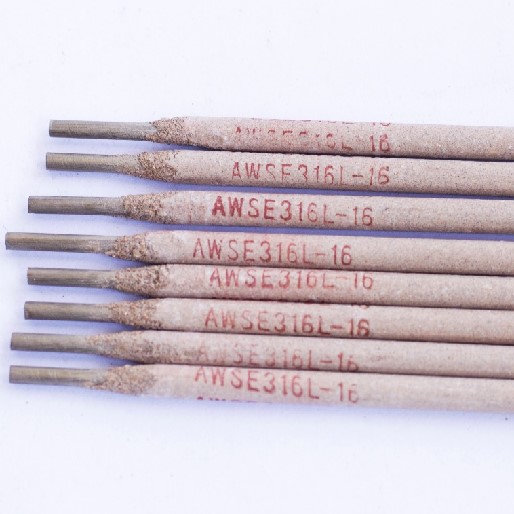AWS E7018 Welding Rod – Reliable Low-Hydrogen Electrode for Structural Steel
Nov . 20, 2025 12:30
Understanding the AWS E7018 Welding Rod: Why It Matters Around the World
Welding rods might not be the center of dinner table conversations, but when it comes to heavy industry, construction, and repairs that keep our world moving, they quietly play a massive role. Among these, the AWS E7018 welding rod stands out globally as a standard-bearer of reliability, strength, and versatility.
In rough terms, these rods are a fulcrum in everything from bridges spanning vast waterways to pipelines delivering essential energy resources. Knowing what makes the AWS E7018 rod special—and why it’s chosen over alternatives—can help engineers, procurement managers, and even curious tinkerers appreciate the metal magic behind sturdy steel welds.
The Global Context: Why the AWS E7018 Rod Is Indispensable
Here’s the big picture: steel welding is a multi-billion-dollar industry underpinning infrastructure and critical services worldwide. The International Labour Organization reports millions depend on welded structures for everything from safe bridges to energy plants. In the US alone, the AWS E7018 welding consumable remains the most specified electrode for structural steel fabrication.
But demand isn’t only regional. Roughly 70% of industrial infrastructure projects across Asia, Europe, and the Americas rely heavily on welding methods compatible with the AWS E7018 rod. Why? Because it answers a challenge that never goes away—strong, crack-resistant welds that hold up under stress and time.
Oddly enough, while newer welding rods and automated solutions flourish, the mechanical toughness of the AWS E7018 keeps it a favorite for manual processes in remote and demanding conditions—think offshore oil rigs or emergency repairs post-natural disasters.
What Exactly Is an AWS E7018 Welding Rod?
Put simply: the AWS E7018 is a type of low-hydrogen, iron powder electrode designed for shielded metal arc welding (SMAW). Its “E” stands for electrode, while “70” refers to its minimum tensile strength (70,000 psi), the “1” denotes all-position usability, and “8” signals a low-hydrogen potassium iron powder coating formulation.
So why does that matter? Well, the low-hydrogen aspect reduces the risk of weld cracks and improves toughness, essential for structures needing to withstand vibration, cold, or heavy loads. It’s used in everything from heavy equipment manufacturing to pipeline construction — places where durability is more than a buzzword; it’s about safety and long-term integrity.
Key Features That Make AWS E7018 Welding Rods Stand Out
1. Exceptional Durability and Strength
This rod’s weld deposits exhibit tensile strengths consistently around 70,000 psi. That’s roughly enough to hold up under heavy stresses found in buildings, bridges, and ships. Many engineers note how welds hold well against cracking caused by cold temperatures or vibrations.
2. All-Position Welding
Whether you’re welding flat on a bench or overhead on a scaffold, the E7018 rod performs reliably. That versatility is why many fabricators count on it for diverse projects without swapping electrodes.
3. Low-Hydrogen Coating for Crack Resistance
The secret sauce is its moisture-resistant flux coating that keeps hydrogen levels low, critical for preventing weld fractures during cooling. This makes it a lifesaver for welding heavy steels prone to cracking.
4. Good Slag Removal
It produces slag that peels off easily after welding, speeding up workflow—a small practical detail but a welcomed feature on long jobsites.
5. Cost Efficiency
Compared to some specialty rods or automated consumables, AWS E7018 rods offer excellent value, especially considering the quality of the welds they produce.
| Specification | AWS E7018 |
|---|---|
| Tensile Strength | 70,000 psi (min) |
| Welding Positions | All positions |
| Type of Coating | Low hydrogen potassium iron powder |
| Current Type | AC/DC+ |
| Recommended Base Materials | Carbon steel, low alloy steel |
Real-World Uses: Where AWS E7018 Welding Rods Shine Globally
Let’s talk usage. These rods find homes everywhere, from factory floors in Germany to remote oil rigs off the Texas coast. Many pipeline companies across Canada and Russia swear by them to join long stretches of pipe where failure isn’t just expensive—it could be catastrophic.
Post-disaster relief also leans on the reliability of AWS E7018 rods, used in rapid rebuilding of steel frameworks damaged by earthquakes or floods. In developing nations, where infrastructure demands must balance cost and strength, the rod offers a sweet spot of affordability and safety.
Oddly enough, their all-position usability also makes them a favorite for educational welding programs teaching apprentices rugged, reliable techniques that stand up to industrial reality.
Comparing Top Suppliers of AWS E7018 Welding Rods
| Vendor | Price (per kg) | Quality Certification | Region Focus |
|---|---|---|---|
| Jinlong Welding | $5.50 | ISO 9001, AWS Certified | Global |
| Lincoln Electric | $6.20 | AWS Product Certified | North America, Europe |
| ESAB | $5.80 | ISO 14001, AWS Certified | Global |
Advantages & Long-Term Value of Using AWS E7018 Rods
Performance-wise, you get consistent mechanical properties that engineers rely on when no room for error exists. Logically, that equals fewer repairs and less downtime—big wins on operational budgets. Emotionally, welding crews tend to trust rods that “just work” under any condition—enhancing safety and job satisfaction.
And sustainability? While welding rods produce some waste, the long-lasting quality of E7018 welds means a structure needs less frequent rebuilding, which indirectly helps reduce resource consumption over time.
The Future: Innovations & Trends Around AWS E7018
Though it might feel like a “classic” technology, behind the scenes, suppliers are enhancing the low-hydrogen coatings for even better moisture resistance. Some labs are experimenting with electrodes tailored for green steel—produced with less carbon footprint—helping welding keep pace with sustainability goals.
Automation and better welding power sources that optimize E7018 parameters could also increase productivity and consistency. So, it’s less about replacing the rod and more about evolving how we use it.
Challenges and Practical Solutions
Of course, AWS E7018 rods aren’t magic. They need proper storage because their low-hydrogen coating absorbs moisture, which can cause weld defects. Many sites use heated ovens or dry boxes — good luck thinking “out of sight, out of mind” with these!
Training welders is another challenge, as incorrect amperage or technique can ruin the weld’s integrity. The solution: thorough worker education and quality assurance testing before large projects roll out.
FAQs About AWS E7018 Welding Rod
- Q: Why is low hydrogen important in E7018 welding rods?
Hydrogen causes cracking in welds as metal cools. AWS E7018 rods have low-hydrogen coatings to reduce this risk, ensuring stronger, more reliable weld joints.
- Q: Can AWS E7018 rods be used for all-position welding?
Yes, one of the main advantages is versatility—it can be used flat, vertical, overhead, or horizontal without compromising weld quality.
- Q: How should E7018 rods be stored?
They must be stored in dry, heated environments (above 90°F or 32°C) to prevent moisture absorption, which could cause weld defects.
- Q: Are AWS E7018 rods suitable for welding high-strength low-alloy steels?
Generally yes, provided the proper technique and preheat recommendations are followed. They are widely specified in structural and pressure vessel applications.
Conclusion: Why AWS E7018 Rods Will Remain Essential
All things considered, the aws e7018 welding rod balances tradition and performance like few others in the welding world. They blend durability, low-hydrogen technology, and flexible use to keep global industries running smoothly and safely.
If you’re sourcing welding rods that carry their weight year after year in challenging environments, you’d do well to consider AWS E7018. Curious for more details or ready to buy? Visit https://www.jinlongweldingelectrode.com and explore their range. It’s worth it.
It’s funny how a little metal stick can hold so much responsibility, isn’t it?
References:
1. Wikipedia - Welding Electrode
2. American Welding Society (AWS)
3. ISO Standards for Welding Materials
Related Video


